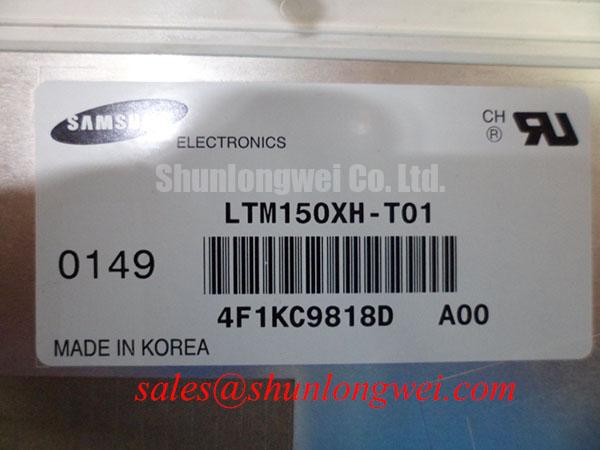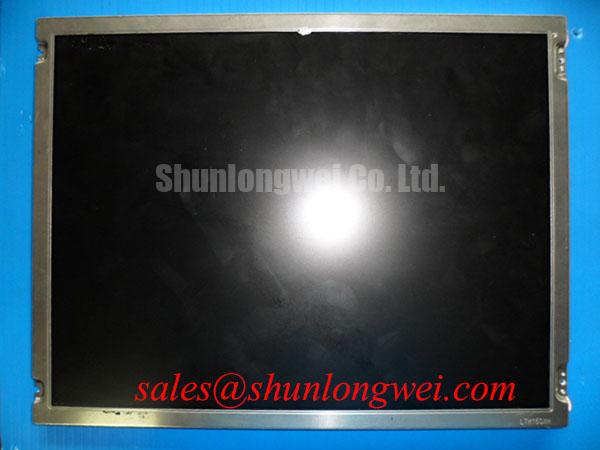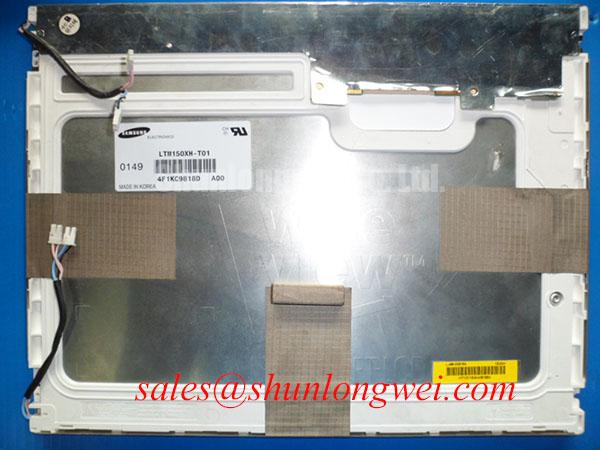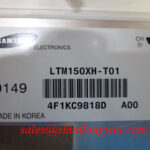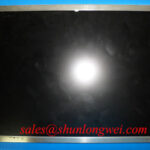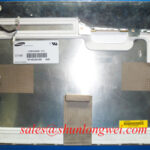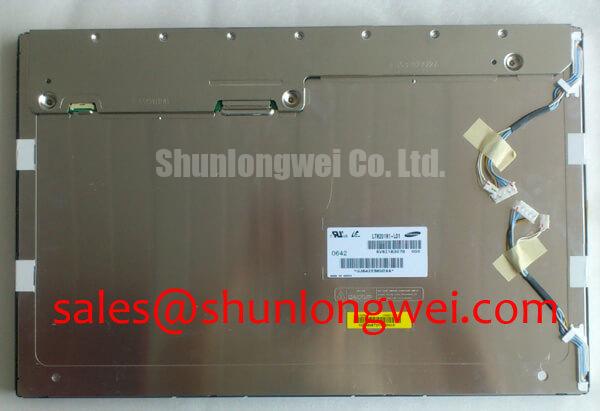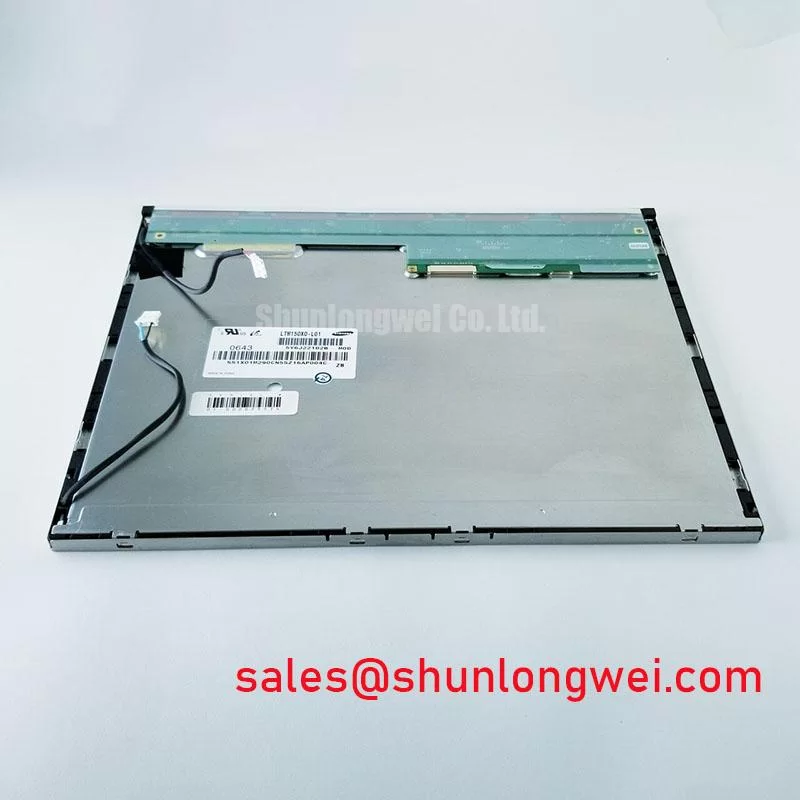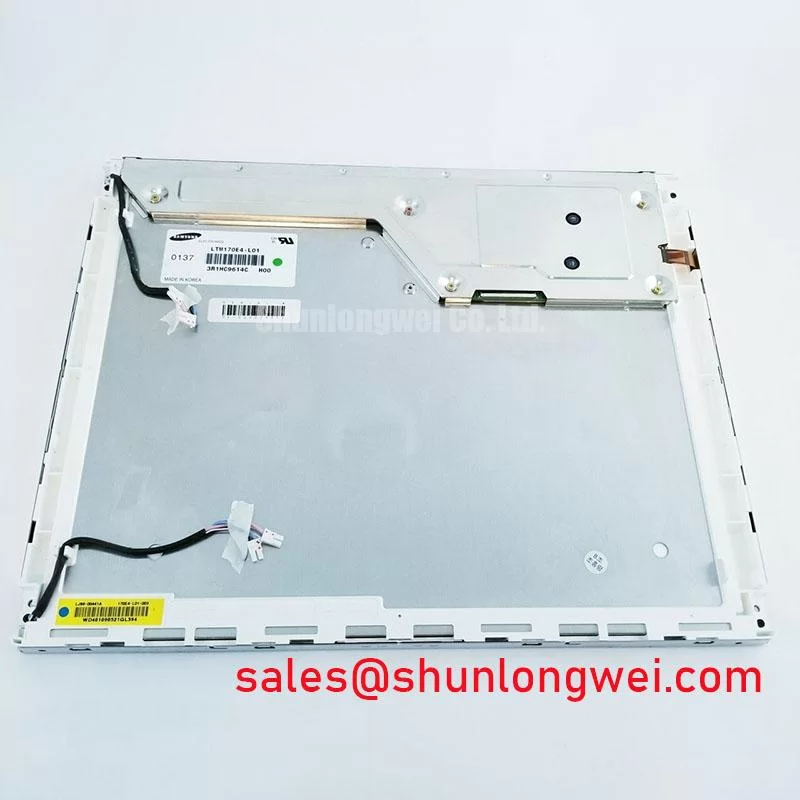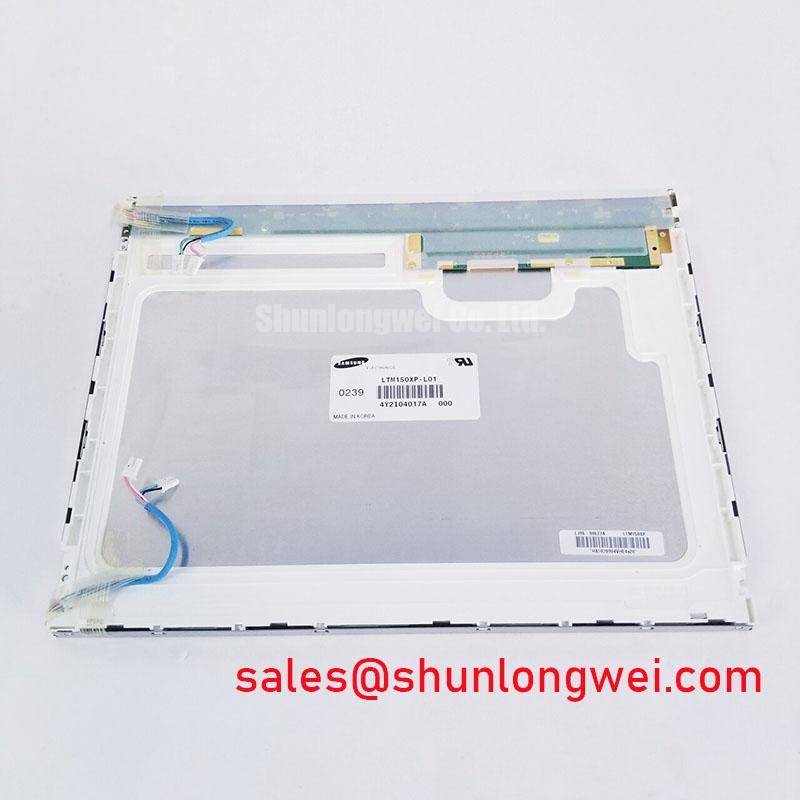Content last revised on November 19, 2025
LTM150XH-T01 | 15.0" XGA TFT-LCD Module for Industrial HMI
An Engineering-Focused Review of the Samsung LTM150XH-T01 Display
The Samsung LTM150XH-T01 is a robust 15.0-inch XGA display engineered to deliver exceptional long-term reliability for demanding industrial and medical systems. With key specifications of 1024x768 Resolution | 50,000 hr Backlight Life | LVDS Interface, this TFT-LCD module ensures extended operational stability and simplifies system integration. Its standard XGA format and LVDS connectivity make it a direct-fit solution for upgrading legacy control systems, minimizing the need for extensive software and hardware redevelopment. For industrial HMIs requiring proven reliability over cutting-edge resolution, its 50,000-hour backlight makes it a strategic choice.
Key Parameter Overview
Decoding the Specifications for Long-Term Industrial Deployment
The technical specifications of the LTM150XH-T01 are tailored for performance and longevity in professional environments. The 450:1 contrast ratio provides the clarity needed for complex user interfaces. In practice, this level of contrast ensures that text, numbers, and graphical elements are easily distinguishable under typical factory or laboratory lighting conditions, reducing operator error. What is the key reliability feature of the LTM150XH-T01? Its 50,000-hour minimum CCFL backlight lifetime.
| LTM150XH-T01 Core Specifications | |
|---|---|
| Parameter | Value |
| Screen Size | 15.0 inch |
| Resolution | 1024(RGB) x 768, XGA |
| Display Technology | a-Si TFT-LCD, TN, Normally White |
| Luminance | 250 cd/m² (Typ.) |
| Contrast Ratio | 450:1 (Typ.) |
| Viewing Angle | 70/70/60/50 (L/R/U/D) |
| Signal Interface | LVDS (1 ch, 6-bit), 20 pins |
| Operating Temperature | 0 ~ 50 °C |
| Backlight System | 2 pcs CCFL, 50,000 hours (Min.) |
Download the LTM150XH-T01 datasheet for detailed specifications and performance curves.
Application Scenarios & Value
System-Level Benefits in Industrial HMI and Legacy System Upgrades
The LTM150XH-T01 is optimally suited for applications where long-term stability and compatibility are more critical than the latest display trends. Its value is most evident in environments that demand consistent performance over many years of service.
- Industrial HMI Panels: In manufacturing automation, CNC machines, and process control systems, equipment life cycles can exceed a decade. The engineering challenge is to specify a display that will not fail prematurely, forcing costly downtime and repairs. The LTM150XH-T01's 50,000-hour backlight directly addresses this; it's equivalent to 5.7 years of continuous 24/7 operation, providing a "fit-and-forget" solution that outlasts the typical service life of the machinery it controls.
- Medical Diagnostic Equipment: For devices like patient monitors or diagnostic imaging stations, the native XGA (1024x768) resolution ensures 1:1 pixel mapping with a vast amount of existing, validated software. This avoids the scaling artifacts and re-certification hurdles that can arise when integrating higher-resolution displays into a legacy system.
- Point-of-Sale (POS) and Kiosk Systems: These systems require clear readability from a fixed operator position. The module's specified viewing angles and 250-nit brightness provide sufficient visual performance for these controlled environments, while the robust backlight ensures reliability through millions of transactions.
While the LTM150XH-T01 is a benchmark for reliability in XGA applications, for systems demanding higher brightness or wider viewing angles for more varied user positions, models such as the G150XNE-L01 may offer alternative performance characteristics.
Industry Insights & Strategic Advantage
Why Proven Technology Delivers Value in Critical Systems
In an industry focused on rapid innovation, specifying a component with established technology like a CCFL backlight and XGA resolution is a deliberate engineering decision. For manufacturers of industrial HMI or medical equipment, product stability is paramount. The LTM150XH-T01 represents a de-risking strategy. Its long market presence means its performance characteristics, failure modes, and driver requirements are thoroughly understood. This eliminates the integration risks and unforeseen compatibility issues that can accompany newer, less-proven technologies.
The component's backlight lifetime is a crucial metric that directly influences the reliability of the end product. A 50,000-hour rating is not merely a number; it is an assurance of operational continuity. This is analogous to the mean time between failures (MTBF) for a critical server component. For a system integrator, it means fewer field service calls, a lower total cost of ownership for the end-user, and a stronger brand reputation for building durable equipment. By leveraging a proven platform like the LTM150XH-T01, engineers can focus on core application development rather than debugging display subsystems.
Frequently Asked Questions (FAQ)
Engineering Inquiries on Integration and Performance
How does the 50,000-hour CCFL backlight lifetime of the LTM150XH-T01 impact the Total Cost of Ownership (TCO) in an industrial setting?
The 50,000-hour minimum rating significantly lowers TCO by drastically reducing maintenance requirements. In a typical 8-hour per day industrial shift, this translates to a theoretical backlight life of over 17 years. This longevity minimizes the need for display replacement, reducing material costs, labor expenses, and, most importantly, costly operational downtime over the entire life of the host equipment.
What are the specific advantages of the LVDS interface on this module compared to older parallel interfaces?
The LVDS (Low-Voltage Differential Signaling) interface offers three primary engineering benefits: 1) Reduced EMI (Electromagnetic Interference) due to the differential nature of the signals, which simplifies system-level emissions compliance. 2) Lower pin count, which results in simpler, less costly, and more reliable cabling. 3) The ability to support longer cable runs between the display and the controller board, providing greater flexibility in mechanical system design.
Is the XGA (1024x768) resolution sufficient for modern industrial control applications?
For a significant portion of industrial control, monitoring, and legacy system interfaces, XGA is not only sufficient but often optimal. Many established software platforms are designed and certified for this specific resolution. Using an XGA display like the LTM150XH-T01 ensures pixel-perfect rendering without scaling, which is crucial for the precise display of critical process data, schematics, and safety information. It prioritizes compatibility and clarity over pixel density.
Strategic Considerations for System Longevity
Selecting the LTM150XH-T01 is a strategic decision for projects where the long-term support, proven performance, and seamless integration of a display are the primary drivers. Its design parameters are optimized not for breaking performance records, but for ensuring that critical systems remain operational and dependable for years beyond their initial deployment. This focus on industrial-grade reliability makes it a cornerstone component for building robust and sustainable technology platforms.

